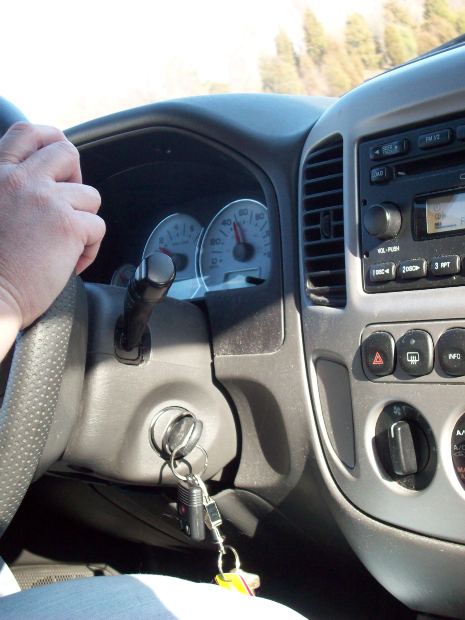- Free Initial Consultation: (954) 761-3641 Tap Here To Call Us
Study: Technology Could Curb Florida Rear-End Accidents

Just weeks ago, a driver operating a passenger car rear-ended a Broward County public school bus on Northeast Ninth Avenue in Fort Lauderdale. The entire hood of the black Acura TSX was underneath the bus.
No one was seriously injured, but as evidenced by news reports, these kinds of incidents aren’t all that common. If someone could miss a large yellow bus looming in front of them, it stands to reason smaller vehicles stopped in traffic are at higher risk. AAA reports distracted driving accounts for between a quarter and half of all crashes, and likely an even larger chunk of rear-end crashes.
Drivers simply aren’t paying attention to what’s happening in front of them. In fact, a recent Virginia Tech study, “Second Strategic Highway Research Program Naturalistic Driving Study,” found after analyzing three years’ worth of footage that 75 percent of crashes are due to driver error and people are engaged in distracted behavior 68 percent of the time they are behind the wheel.
Now, the Insurance Institute for Highway Safety (IIHS) reports technology may present at least a partial solution. A new study has indicated that vehicles that are equipped with front crash prevention technology are far less likely to rear-end other cars than those without this feature.
This is the first known study to analyze the effects of this technology against police-reported crash statistics.
The technology is commonly referred to as “automatic braking.” it’s a system that senses an imminent crash with another vehicle, person or obstacle. In response to this danger, the vehicle will apply the brakes without any driver input whatsoever. The feature utilizes radar, video, infrared, ultrasonic or other technologies.
In some systems, there is no actual braking but there is an audible warning issued when a crash is impending. This gives the driver a few more seconds to react before a crash. Those seconds can make a huge difference.
Researchers found that both forms of the technology were extremely helpful in reducing not only the number of crashes but the severity of injuries.
The audible warning system alone slashed car accidents by 23 percent. Meanwhile, the full auto braking system lowered the number of rear-end crashes by, on average, 40 percent.
Study authors, who looked at data from 2013, opined that if autobrake systems had been standard on every vehicle that year, there would have been 700,000 fewer police-reported rear-end collisions. That would amount to 13 percent fewer crashes overall.
The chief research officer of the study said this represents a major step forward in the quest for safer roads.
And that couldn’t come at a better time. The National Highway Traffic Safety Administration (NHTSA) reports in the first six months of 2015, traffic deaths were up 9.3 percent over the first nine months of 2014. Projected fatality totals are expected in the spring, but barring a huge decline in the last three months of 2015, we’re going to see the first increase in traffic deaths we’ve had in years.
Part of that is more people are driving. But behind-the-wheel distractions have increased.
Areas with the most prominent uptick include the Southeast region of the country: Florida, Georgia, Alabama, South Carolina and Tennessee.
And in Florida, at-fault drivers in rear-end collisions aren’t sticking around to face the consequences. The Florida Highway Patrol reports there were more than 93,000 hit-and-run crashes investigated last year across the state – up nearly 7,500 from 2014.
Although autobrake features do not come standard in 2016 cars, it may be an attractive feature to an increasing number of customers, given the proven benefits.
Call Fort Lauderdale Injury Attorney Richard Ansara at (954) 761-4011. Serving Broward, Miami-Dade and Palm Beach counties.
Additional Resources:
Crashes Avoided: Front crash prevention slashes police-reported rear-end crashes, Jan. 28, 2016, Status Report, Insurance Institute for Highway Safety
More Blog Entries:
Florida Bill Seeks End to Traffic Crash Drownings, Feb. 23, 2016, Fort Lauderdale Injury Attorney Blog













